
I am very fortunate that I get asked to present at several universities about what students (and all professionals) can do to “future proof” their careers. We live in a world of constant change driven by technology, economics, pandemics, environmental, political, and society forces. We live in a world where we need to build “transformational muscle” so that we not only can survive but can actually thrive in a world of constant disruption and transformation.
And I believe that a future proof foundation is built by blending the critical and empowering disciplines of data science, design thinking, and economics. When you meld those three together, you are certainly in a great position for whatever the future is going to throw at you (Figure 1).
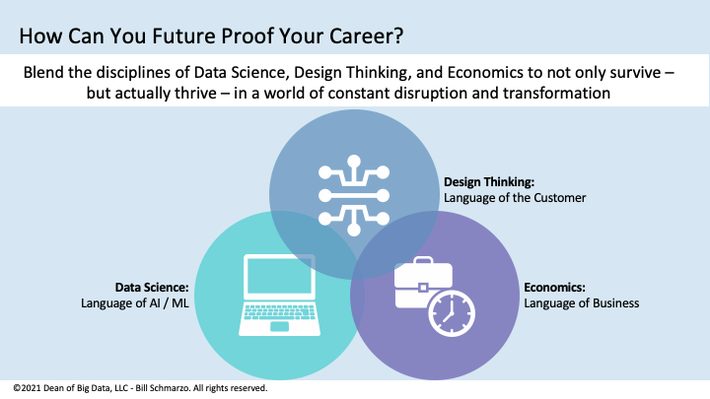
Figure 1: Blending Data Science, Design Thinking and Economics to Future Proofing Your Career
Discipline #1: Data Science – the Language of AI / ML
Data Science is about identifying those variables and metrics that might be better predictors of behaviors and performance.
While not everyone will be required to code a Neural Network algorithm (thank God), it is critically important that everyone learns what can be done with advanced analytic capabilities like Machine Learning, Neural Networks, Reinforcement Learning, and Artificial Intelligence. While there seems to be multiple ways to define the “Advanced Analytics topology”, I use the following 3 levels to help explain the differences to my students (Figure 2):
Level 1 quantifies cause-and-effect (strength of relationships) and goodness of fit (model accuracy) using:
- Statistics are used to support hypothesis (decision) testing and provide credibility to model outcomes (confidence levels, p-values, goodness-of-fit)
- Predictive Analytics and Data Mining uncover statistically significant patterns, trends, and relationships buried in large data sets to quantify risks and opportunities
Level 2 predicts likely actions or outcomes in order to prescribe recommendations to improve human decision-making using:
- Deep Learning (Neural Networks) recognizes “things” – images, photos, voice, audio, video, text, handwriting – out of complex data formats
- Machine Learning identifies relationships and patterns in the data. Supervised Machine Learning identifies “known unknown” relationships and patterns from “labeled” outcomes (e.g., purchase, fraud, attrition, breakage) using algorithms such as linear regression, logistic regression, Naive Bayes, and Support Vector Machine (SVM). Unsupervised Machine Learning identifies “unknown unknown” relationships and patterns from data with no labeled outcomes using algorithms such as clustering, segmentation, and K- nearest neighbor.
Level 3 seeks to continuously-learn and adapt within a continuously changing environments with minimal human intervention (robots, vacuums, autonomous vehicles) using:
- Reinforcement Learning takes actions within a controlled environment to maximize rewards while minimizing costs. Reinforcement Learning uses trial-and-error to map situations to actions to maximize rewards (think of the kids’ game Hotter/Colder).
- Artificial Intelligence acquires knowledge about a specific environment, applies knowledge to successfully interact with environment, and continuously learns from interactions so that subsequent interactions get more effective with minimal human intervention.
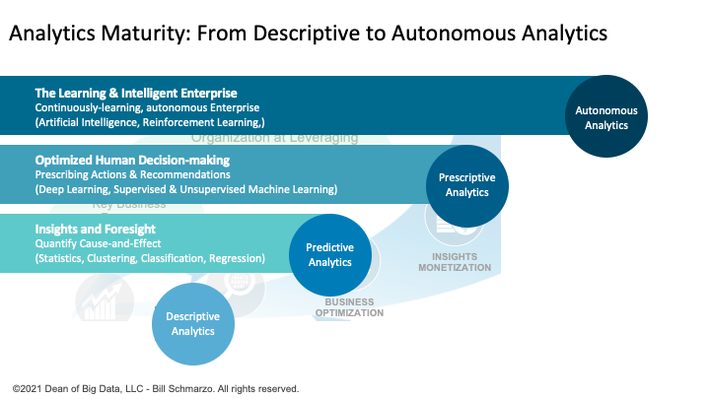
Figure 2: Three Levels of Analytics Maturity
Discipline #2: Design Thinking – the Language of your Customer
“Design Thinking is a human-centered and collaborative approach to problem solving using a design mindset to solve wicked complex problems” – IDEO
Design Thinking is all about people – their points of view and their stories. Design Thinking is about gaining an intimate understanding of your customers – what jobs they are seeking to do, and the gains (benefits) and pains (impediments) that they encounter on their personal journey (Figure 3).
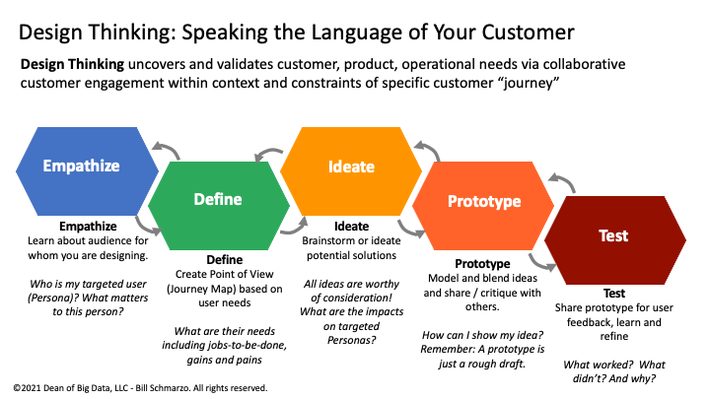
Figure 3: Design Thinking: Speaking the Language of Your Customer
But the key to Design Thinking is the empowering mindset that it establishes across all the stakeholders. Design Thinking seeks to empower and democratize the ideation process by ensuring that all ideas, regardless from whom they originated, are worthy of consideration. That one can only have break-through moments if they are willing to fail and learn from those failures. To seek to unleash the greatness that is in every one of us. Design Thinking creates a culture of rapid exploration, rapid testing, failure-tolerant, continuous learning and adapting (Figure 4).
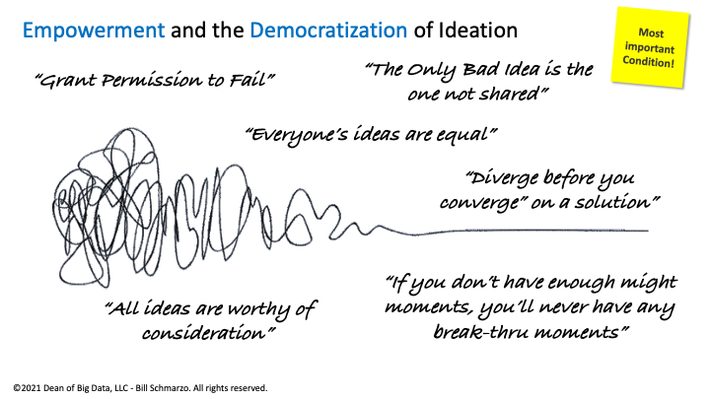
Figure 4: Design Thinking Users Empowerment to Democratize Ideation
Discipline #3: Economics – the Language of Business
Economics is the branch of knowledge concerned with the production, consumption, and transfer of wealth or value.
Data and analytics, in particular, possess unique economic characteristics that enable new opportunities to drive and derive new sources of customer, product, and operational value including:
Nanoeconomics is the economic theory of individual entity (human or device) predicted behavioral and performance propensities. We can apply Nanoeconomics to transition the organization from making decisions based upon overly generalized averages, to making decisions on individual human or device entity’s predicted behavioral and performance propensities. Organizations can leverage Nanoeconomics to transform their economic value curve – which measures the relationship between a dependent outcome and independent inputs required to achieve that outcome -to deliver more value (outputs) with less investments (inputs). See Figure 5.
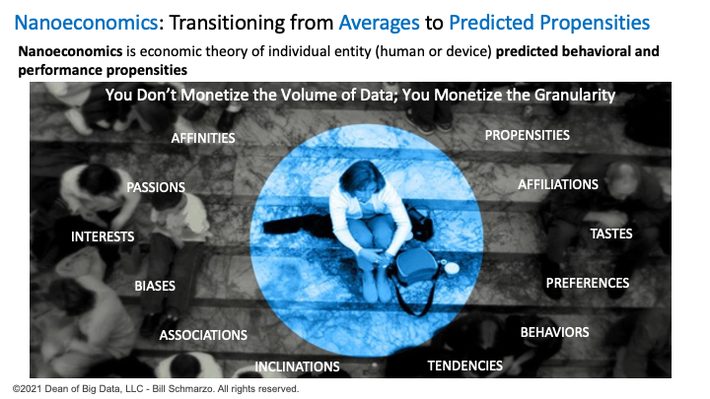
Figure 5: The Economic Theory of Nanoeconomics
Schmarzo Economic Digital Asset Valuation Theorem. Economics is a powerful enabler, but when it comes to digital economic assets, the power is magnitudes greater because (Figure 6):
- Data is an asset that never depletes, never wears out, and can be used across unlimited use cases at zero marginal cost.
- Using AI, organizations can build analytic assets that appreciate, not depreciate, in value the more they are used.
- Data Economic Multiplier Effect measures the increase in aggregated value from the application and reuse of the organization’s data and analytic assets against the organization’s use cases at zero marginal cost.
- Marginal Propensity to Reuse (MPR) states that an increase in the reuse of a digital asset across multiple use cases drives an increase in the attributable value of that digital asset at zero marginal cost.
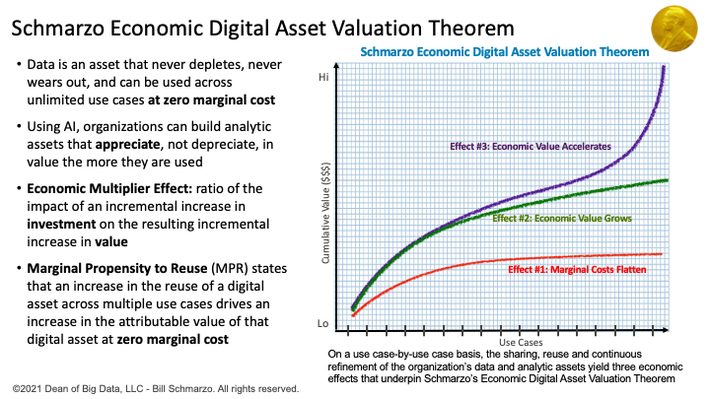
Figure 6: Schmarzo Economic Digital Asset Valuation Theorem
Future Proofing Your Career Summary
In a world of constant disruption and transformation, everyone needs to embrace a mindset of lifetime learning. And the best way to future proof your career, no matter your profession, is to blend the disciplines of data science, design thinking, and economics.

I can dream, right?
